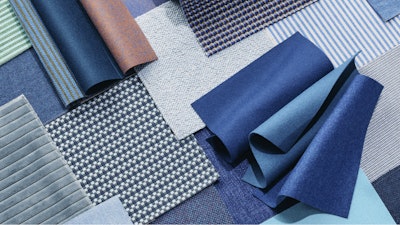Carbon
Design the lowest carbon footprint products and commit to achieving net-zero emissions by 2050
We can’t get there on our own
Factors beyond our control may impact our ability to reach net-zero, including our suppliers’ ability to reduce their Scope 1 and 2 emissions (and therefore our Scope 3 emissions) by 2050. We’re committed to helping suppliers do their part.
Renewable energy
We are increasing our use of renewable energy to reduce our carbon footprint across our operations.
Transparency
We are working to establish a carbon baseline for our products and holding ourselves accountable for reaching key milestones.
Low-carbon products
We are focused on creating low-carbon products because the products our brands make represent our greatest opportunity for meaningful impact.
Suppliers
We recognize that reducing our overall carbon footprint requires strong partnerships with our most important suppliers.
Sustainable logistics
We are dedicated to optimizing our logistics operations to further reduce our carbon footprint.
More sustainability goals
Achieving net-zero carbon emissions by 2050 is an important sustainability goal for MillerKnoll, but it’s not our only one.

Materials
We aim to use sustainable, 100% bio-based or recycled materials by 2050.

Circularity
We aim to design timeless, durable products with zero waste by 2050.

Planet
We strive to design and make the world’s best products in the most sustainable way—which includes net-zero carbon emissions by 2050.